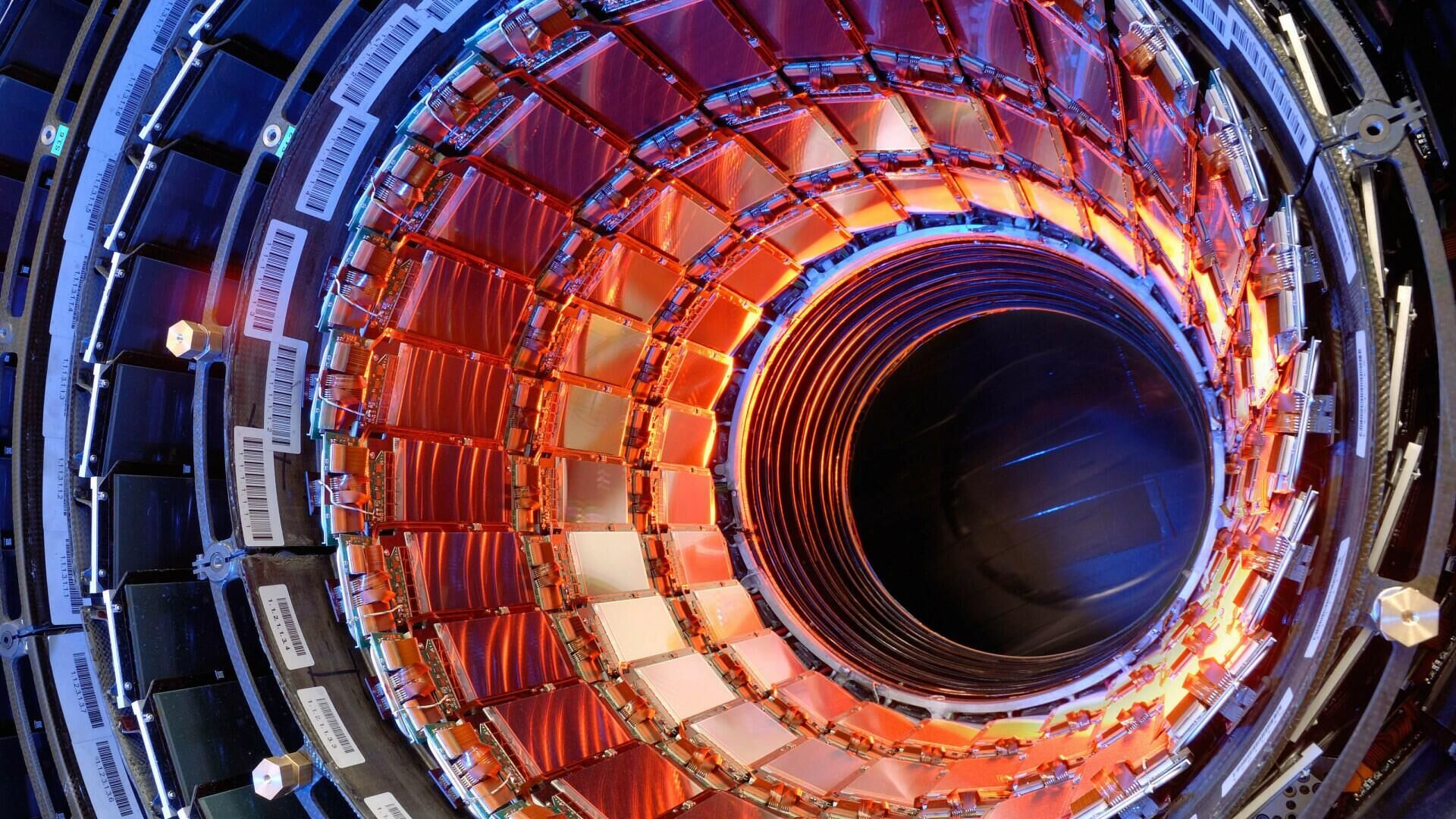https://sputnikglobe.com/20220126/mysterious-particle-from-time-of-universes-birth-finally-identified-at-large-hadron-collider-1092531849.html
Mysterious Particle From Time of Universe's Birth Finally Identified at Large Hadron Collider
Mysterious Particle From Time of Universe's Birth Finally Identified at Large Hadron Collider
Sputnik International
While not knowing the particle’s structure complicated the search for it, scientists were able to accomplish this feat because they knew it has a rather... 26.01.2022, Sputnik International
2022-01-26T15:55+0000
2022-01-26T15:55+0000
2023-01-16T15:35+0000
science & tech
discovery
big bang
particles
large hadron collider
https://cdn1.img.sputnikglobe.com/img/07e6/01/1a/1092532285_0:0:1920:1080_1920x0_80_0_0_f1733ae972f6d4c86c802433d3cc0cd8.jpg
Several enigmatic particles whose origin can be traced to the very beginning of the universe have been spotted for the first time by scientists at the Large Hadron Collider.According to Live Science, about 100 of the so-called "X" particles, "which likely existed in the tiniest fractions of a second after the Big Bang," were found in quark-gluon plasma that formed inside the collider "by smashing together lead ions." Scientists now intend to learn more about the origin of the universe by studying these particles.To emulate the conditions of the universe’s first moments when these particles supposedly existed, scientists "fired positively charged lead atoms at each other at high speed," producing "thousands more particles in a momentary burst of plasma resembling the chaotic primordial soup of the young universe," as the media outlet put it.While the subsequent search for the X particles in the resulting mess was complicated by the fact that said particle’s structure is unknown to scientists (hence its name), the researchers were able to accomplish this feat due to knowing that the particle in question has a rather distinct decay pattern.Having finally identified the particle’s signature, the scientists are finally able to discern its structure as well, the media outlet adds.
https://sputnikglobe.com/20210324/scientists-arrive-at-potentially-new-force-of-nature-during-large-hadron-collider-experiment-1082441067.html
Sputnik International
feedback@sputniknews.com
+74956456601
MIA „Rosiya Segodnya“
2022
News
en_EN
Sputnik International
feedback@sputniknews.com
+74956456601
MIA „Rosiya Segodnya“
Sputnik International
feedback@sputniknews.com
+74956456601
MIA „Rosiya Segodnya“
science & tech, discovery, big bang, particles, large hadron collider
science & tech, discovery, big bang, particles, large hadron collider
Mysterious Particle From Time of Universe's Birth Finally Identified at Large Hadron Collider
15:55 GMT 26.01.2022 (Updated: 15:35 GMT 16.01.2023) While not knowing the particle’s structure complicated the search for it, scientists were able to accomplish this feat because they knew it has a rather distinct decay pattern.
Several enigmatic particles whose origin can be traced to the very beginning of the universe have been spotted for the first time by scientists at the Large Hadron Collider.
According to Live Science, about 100 of the so-called "X" particles, "which likely existed in the tiniest fractions of a second after the Big Bang," were found in quark-gluon plasma that formed inside the collider "by smashing together lead ions." Scientists now intend to learn more about the origin of the universe by studying these particles.
"We've shown we can find a signal. In the next few years, we want to use the quark-gluon plasma to probe the X particle's internal structure, which could change our view of what kind of material the universe should produce," said Yen-Jie Lee, an experimental particle physicist at the Massachusetts Institute of Technology and lead author of the new study.
To emulate the conditions of the universe’s first moments when these particles supposedly existed, scientists "fired positively charged lead atoms at each other at high speed," producing "thousands more particles in a momentary burst of plasma resembling the chaotic primordial soup of the young universe," as the media outlet put it.
While the subsequent search for the X particles in the resulting mess was complicated by the fact that said particle’s structure is unknown to scientists (hence its name), the researchers were able to accomplish this feat due to knowing that the particle in question has a rather distinct decay pattern.
"It's almost unthinkable that we can tease out these 100 particles from this huge dataset," said Jing Wang, physicist at MIT and co-author of the study. "Every night I would ask myself, is this really a signal or not? And in the end, the data said yes!"
Having finally identified the particle’s signature, the scientists are finally able to discern its structure as well, the media outlet adds.




